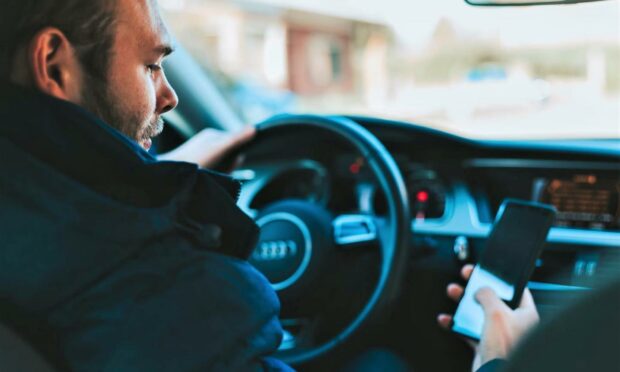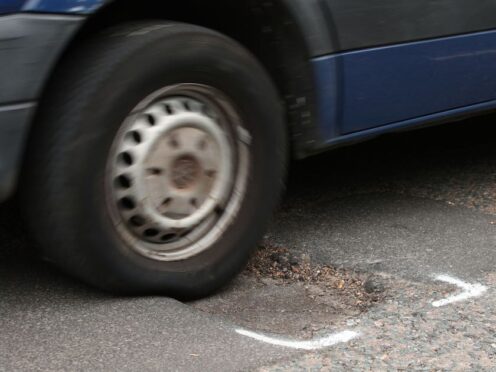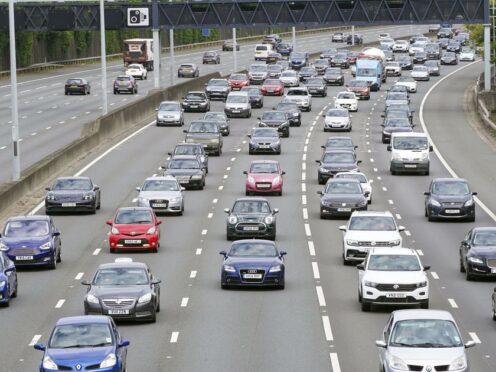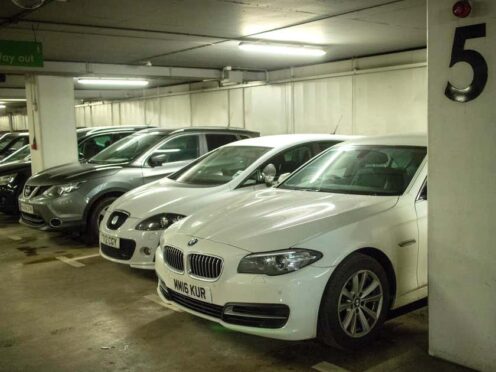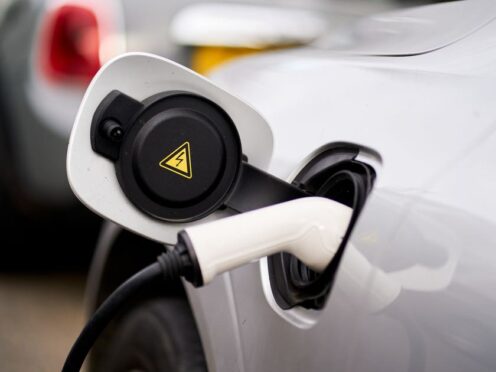From this Friday, drivers in Scotland, Wales and England will face tougher rules when it comes to using mobile phones and other devices when driving.
Those caught breaking the rules face a £200 fine and six points on their licence.
To warn drivers of the new rules, car and van leasing company Nationwide Vehicle Contracts has issued a short guide on what drivers need to know to avoid fines and points.
From March 25, drivers will not be allowed to handle any mobile device when driving. This also includes being stationary in traffic, such as at traffic lights or motorway queues.
This means you can no longer touch the device to check the time or notifications, take photos or videos, scroll through playlists, or access any apps or the internet.
Unless it is to make an emergency call, anyone caught using their hand-held device while driving will face a fixed penalty notice and points on their licence.
Exemptions
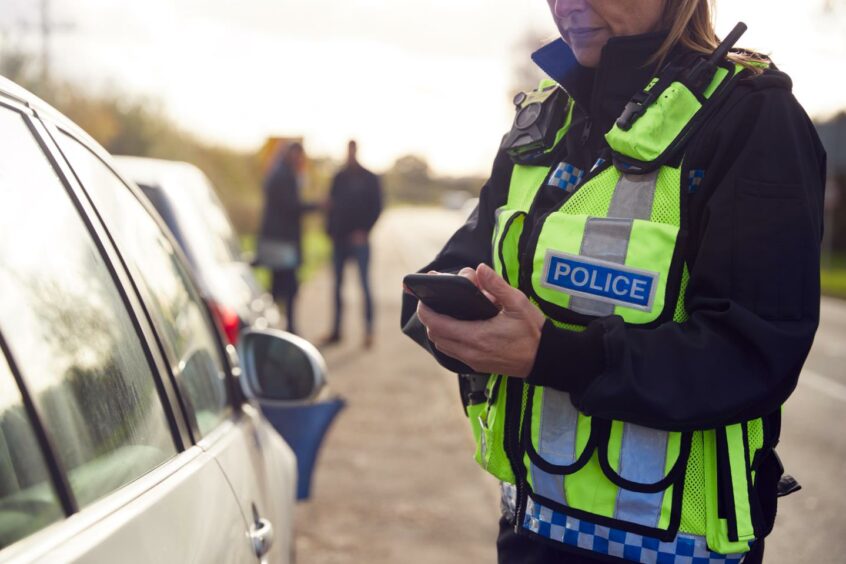
Exemptions include using a device if it is hands-free when driving, such as hands-free calls and the use of your phone as a sat-nav, as long as it is secured in a holder.
Drivers can also use their phones to pay when at a drive-thru restaurant or toll road, with the Department of Transport confirming drivers are exempt from fines in these areas as long as their vehicle is stable and a card reader is being used.
In 2020, the Department for Transport reported 17 people were killed on British roads in crashes involving drivers distracted by mobile phones. A further 114 people were seriously injured and 385 were slightly injured in such collisions.
We hope these penalties are a strong deterrent to drivers who use their mobile phones behind the wheel
Keith Hawes, Director of Nationwide Vehicle Contracts said: “The changes to mobile phone driving laws are vital to improving the safety of Britain’s roads. Drivers must take these rules seriously to help reduce the number of tragic deaths caused by violations.
“As the world evolves, these adaptations to driving laws are important to keep up-to-date with how technology is used by motorists. We hope these penalties are a strong deterrent to drivers who use their mobile phones behind the wheel.”
Despite no new rules being enforced on the use of internal infotainment systems, the more complex touchscreens become, the more distracting they can be.
If a driver is found to not be in proper control of the vehicle as a result of using dashboard gadgets or hands-free devices, they can still face prosecution.
